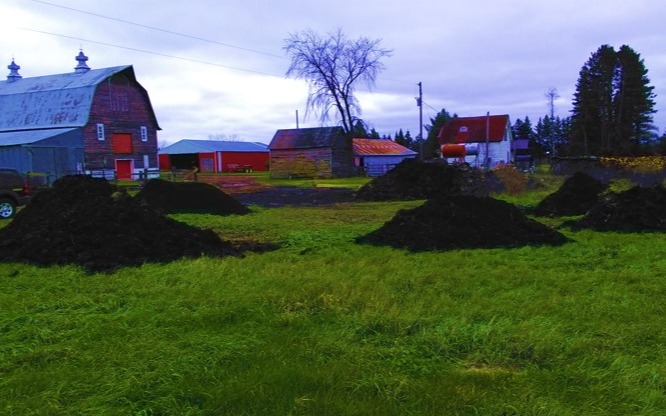Today it is common to promote alternate, often nonrenewable materials under the mantra of “save a tree.” As an example, various organizations as well as producers of competing materials go to great lengths to calculate how many “trees” go into the production of paper and thus can be saved by switching to their material of choice. A relevant question is whether such estimates of “tree equivalents” paint an accurate picture of our choices.
First, it is useful to recognize that paper manufactured in the US does not typically come directly from “trees” but rather from wood, and perhaps from other fibers such as hemp and bagasse, but still, and dominantly, wood.[1] And this is an important distinction, because even though virtually all papermaking fibers in the US originate from trees, the path from forest to a paper product is not as simple and direct as it may appear. For example, according to the USEPA[2] only about one-third of papermaking materials in the US comes directly from trees and other plants, with one-third from recycled paper, and another third from byproducts (such as chips) from the primary processing of lumber for construction, or from the secondary processing of parts for cabinets, fixtures, and furniture. This latter category incorporates materials that 75 years ago were simply landfilled or incinerated. So, more than two-thirds of papermaking materials are derived from a source other than trees directly, and make use of recycled materials. This varies widely by specific paper product, but overall this is true.
As Dovetail pointed out in a previous report[3], primary and secondary processing of wood products has become extremely efficient, such that it is estimated that, on average, less than one percent of wood entering a primary or secondary solid wood processing plant in the US and Canada today ends up as waste. This is compared to as much as 45 percent being wasted 75 years ago. A significant percentage (25%) of the total volume of wood that is harvested to produce lumber, cabinets or other wooden products is estimated to end up in paper and other fiber-based materials. Thus, if paper companies did not use those materials it does not mean trees would stop being harvested (or “saved”). It is more likely we would need to find alternative uses, such as in bioenergy production or it could end up back in landfills or waste incinerators.
Even if we were “successful” and were able to reduce demand for trees, would that necessarily be a good thing? The reality is that most of the virgin fiber for papermaking comes from trees on private land, and that any significant success in reducing demand for paper would almost certainly result in conversion of large tracts of timber to other profitable uses, such as agricultural land. In fact, we are already seeing some areas of marginal forestland being converted to agriculture in the Midwest due to the high value of crops in recent years[4].
Some question why any new fiber is needed to produce paper at all, i.e. why not produce 100 percent recycled paper? With current technology, a certain portion of fiber is lost with each re-use cycle, meaning that a continued stream of virgin fiber is needed in order to produce the wide and varying array of paper products.
So, the next time someone says “paper or plastic” remember that not only is paper from a renewable material, it is also one of the most recycled materials available. And the choice of paper gives value to low quality trees in a diverse forest and helps mitigate pressure from other land uses. So, buy recycled and save a tree…choose paper.
Dr. Jeff Howe
June 2013
[2] http://www.epa.gov/osw/conserve/materials/paper/faqs.htm#where
[3] Utilization of Harvested Wood by the North American Forest Products Industry
[4] Consider that an acre of corn today can yield 150-200 bushels of corn at $7 per bushel annually (and be insured!) versus an annual net cost for holding forestland.
- Lead AuthorHowe
- DateJune 2013
- CategoryConsumption, Environmental, Forest products, Management, Waste
- Project FileDownload


.jpg)



.png)